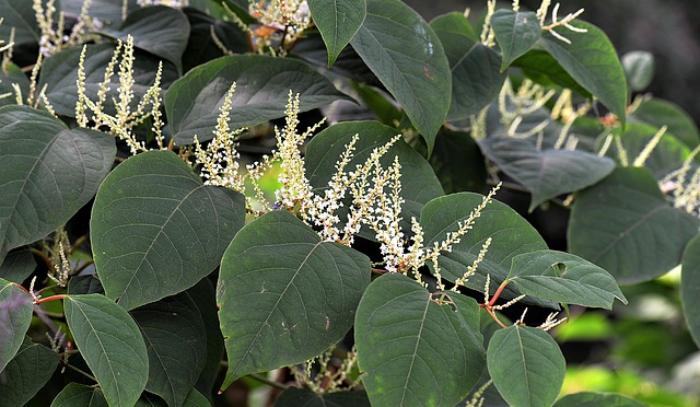
As an herbaceous perennial, Japanese knotweed dies down in the winter. Because Japanese knotweed changes with the seasons, it can be difficult for untrained individuals to confidently identify it.
Knotweed looks different in every season – with autumn drawing to a close and winter well on its way, you may be looking for some advice on identifying Japanese knotweed throughout the seasons. If you’re looking for a knotweed winter identification guide, you’re in the right place!
Identifying Japanese Knotweed in Winter
There are a few key features to look out for when identifying knotweed in the winter.
Leaves (or lack of):
When people think of knotweed, they often think of the tell-tale dark green shovel/heart shaped leaves and white flowers. In the winter months knotweed loses these distinctive markers, which can make knotweed increasingly difficult to identify.
Stems:
The bamboo-like stems of Japanese knotweed can be found all year round. Whilst in the spring and summer these roots are a reddish-purple colour, in the winter knotweed stems become brown and brittle. As the leaves and flowers will have died off, the knotweed will now look like a cluster of brown shoots.
Because the leaves and flowers die back and the stems become brittle and lose their bright colouring, this can lead people to think that the weed has been killed off by the cold weather. Unfortunately, that’s not the case.
Dying back is just a part of the natural life cycle of Japanese knotweed – although the plants above ground are dying off, the rhizome system underground is still alive and well, preparing to make a comeback in the spring.
If you’d like to read more about Japanese knotweed identification throughout the seasons, head on over to our knotweed identification page for more guidance.
Japanese knotweed identification
If you think you may have Japanese knotweed growing on your property but are struggling to confidently identify it, why not request a FREE knotweed survey from Taylor Total Weed Control? One of our professionals will survey your lawn and let you know whether or not you have a knotweed presence on your property, and which of our treatment plans will best benefit you.
Free Survey
Read More: How to Spot Japanese Knotweed Shoots
